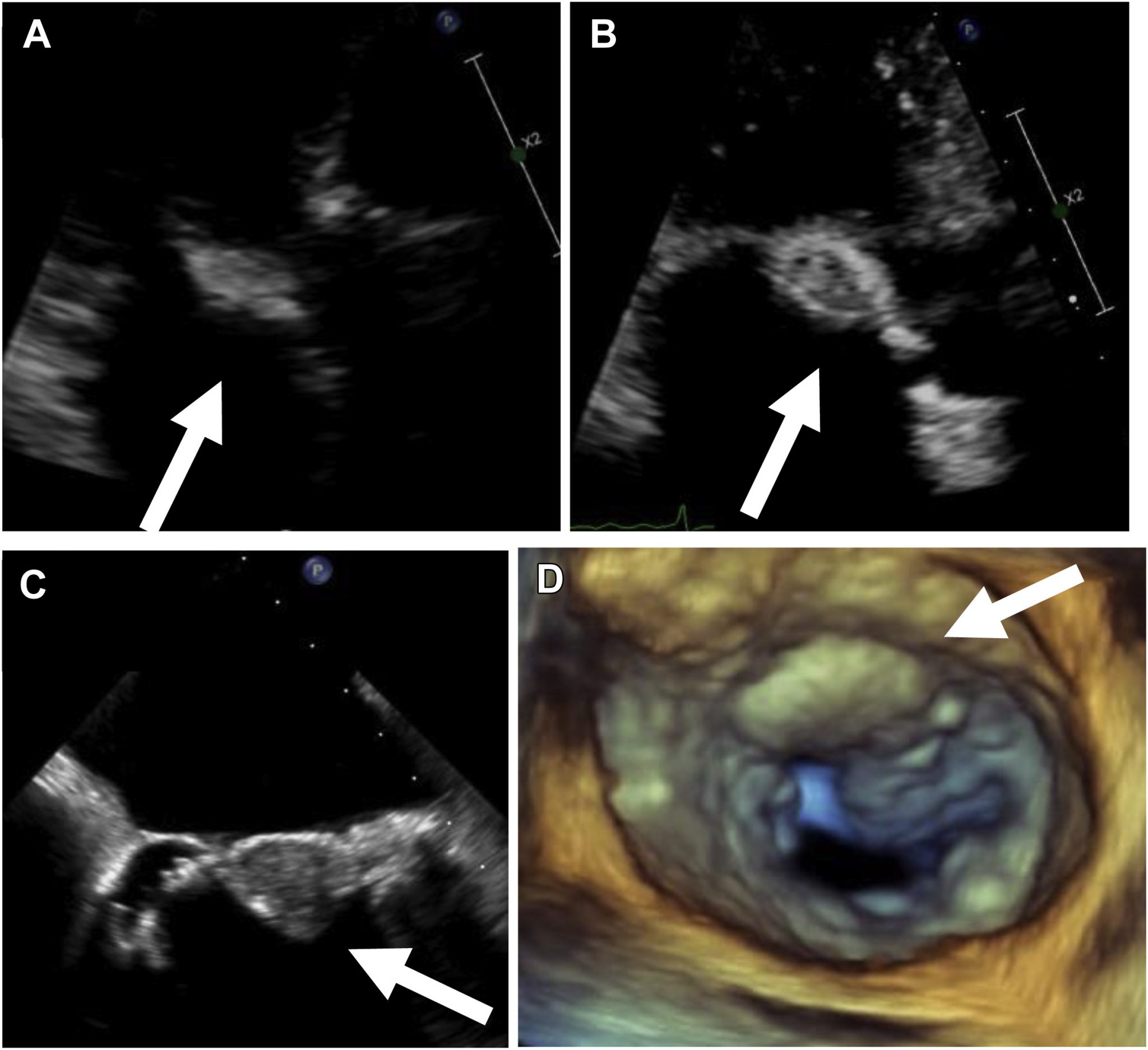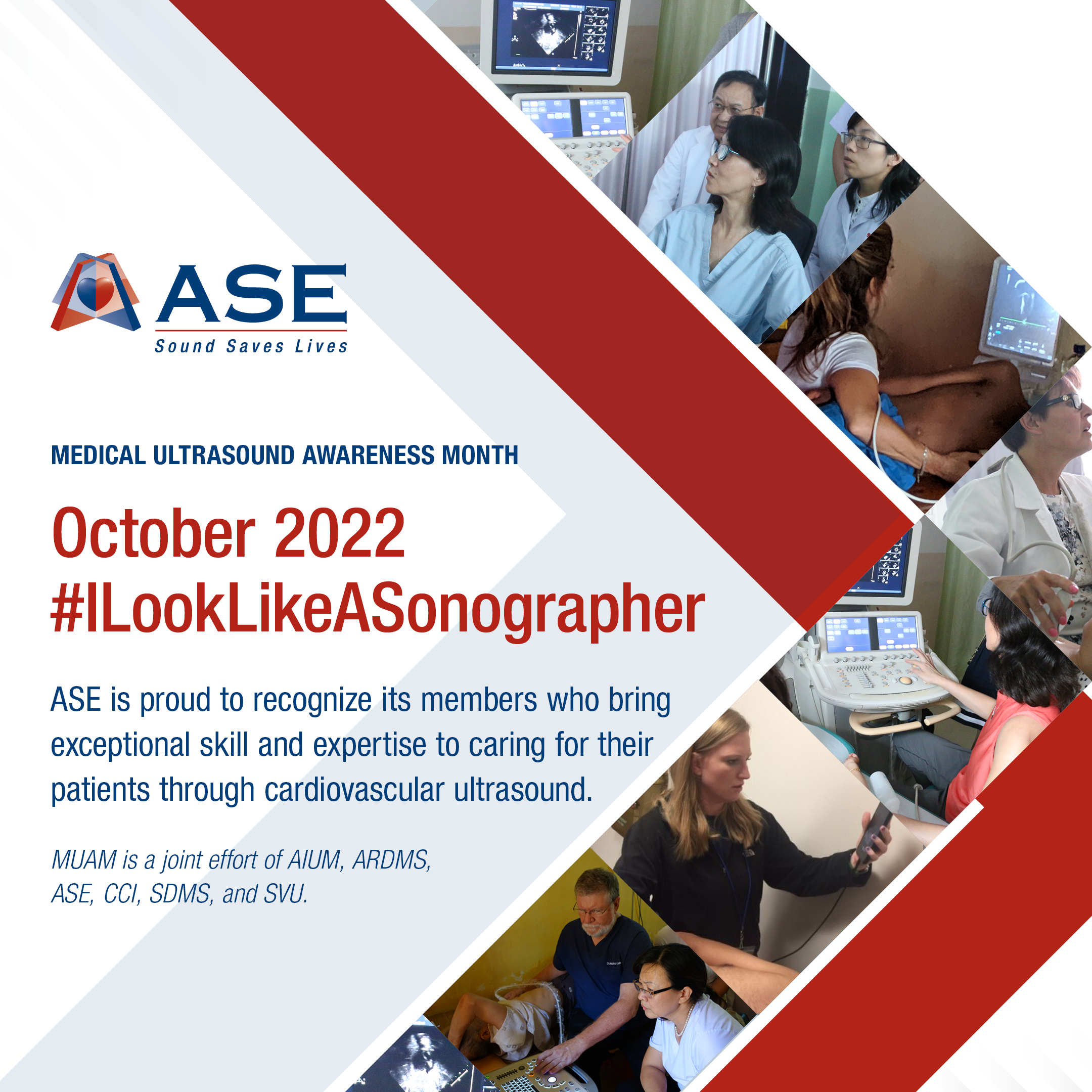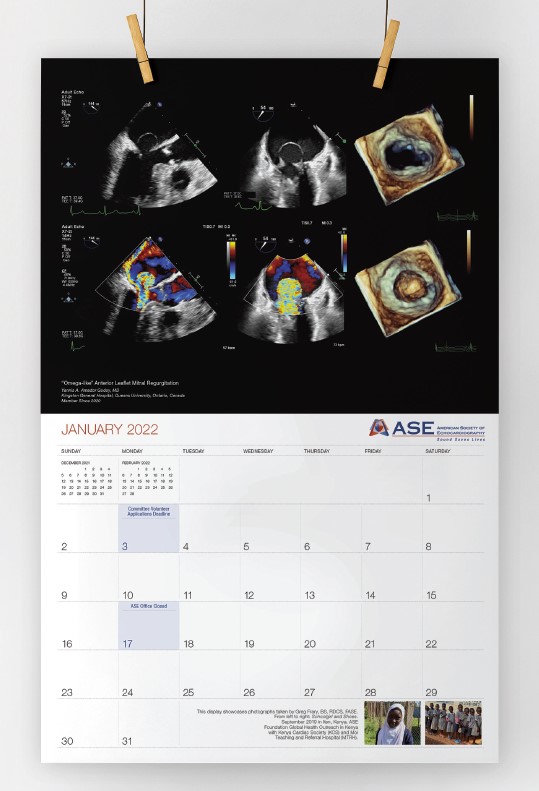October 25, 2022
The Honorable Charles Schumer The Honorable Mitch McConnell
Majority Leader Republican Leader
U.S. Senate U.S. Senate
Dear Leaders Schumer and McConnell,
The American Society of Echocardiography (ASE) writes today in strong support of the Cardiovascular Advances in Research and Opportunities Legacy (CAROL) Act (H.R. 1193/S. 1133). This bipartisan legislation, which passed the House of Representatives unanimously last year, would help heart patients through expanded research, education, and investments into valvular heart disease. We thank you Leader McConnell for your co-sponsorship, and we urge the Senate to act before the 117th Congress adjourns to pass this important legislation.
Founded in 1975, ASE is the Society for Cardiovascular Ultrasound Professionals™️ and represents the largest global organization for cardiovascular ultrasound imaging. ASE is the leading advocate for physicians, sonographers, nurses, veterinarians, scientists, students, and all those with an interest in echocardiography, setting practice standards and guidelines for the field. The Society is committed to advancing cardiovascular ultrasound to improve lives.
According to the CDC, valvular heart disease affects 2.5% of the U.S. population. As many as 11 million Americans are living with heart valve disease and, each year, five million additional Americans are diagnosed with it. The CAROL Act would authorize significant investments into improving the health outcomes for those diagnosed with valvular heart disease by supporting education and awareness concerning the disease, and investing in research through the National Institutes of Health (NIH) to improve treatment. It also requires the Department of Health and Human Services (HHS) to develop best practices to treat valvular heart disease and encourages the agency to implement other projects to increase education and awareness of the disease.
Over 25,000 Americans die each year from valvular heart disease. The CAROL Act pledges the necessary investments in research and prevention to aid the millions of American lives affected by this disease. Please make heart valve research a priority by passing this legislation.
Sincerely,
Stephen Little, MD, FASE
President, American Society of Echocardiography










